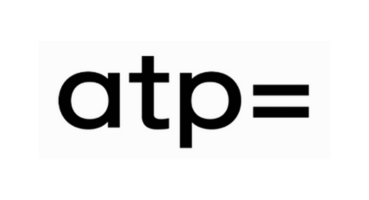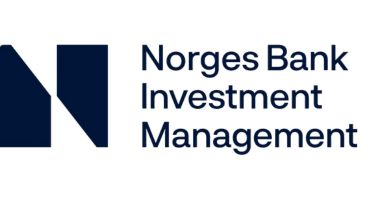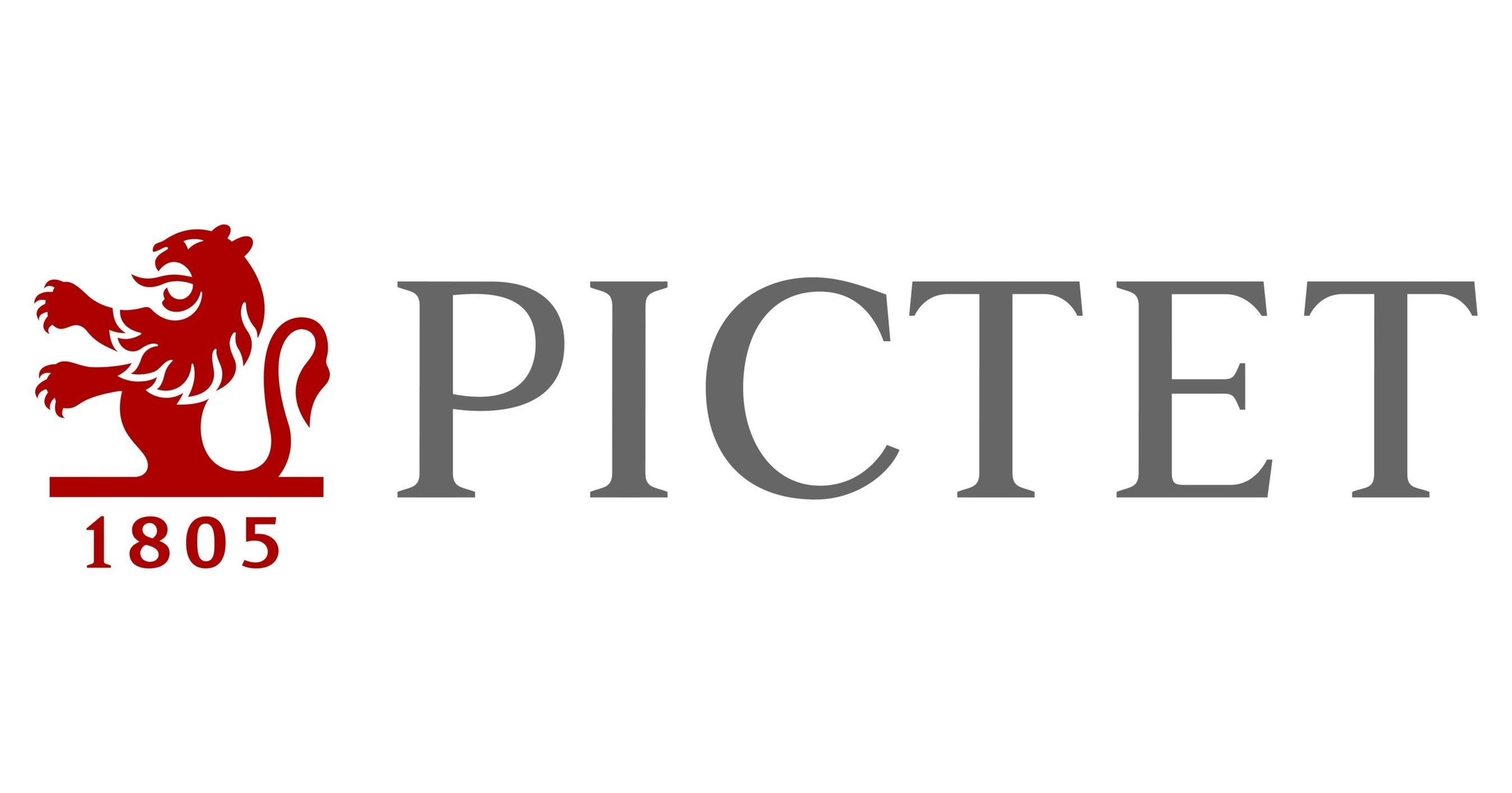LOTUF (Leaders of the Urban Future) launched in 2022 as a timebound, investor-led project to help accelerate the decarbonisation of institutionally-owned real estate, building on existing sector efforts.
The project was established by a group of ambitious real estate investors and Systemiq to understand:
- what we mean by low-carbon real estate and the key principles and levers that should underpin decarbonisation, and
- how to create and preserve value in decarbonisation, thereby unlocking the low-carbon real estate market.
LOTUF investors and Systemiq have been working closely together with other industry stakeholders, including voluntary standard-setters, green certifications and ratings, and other investor initiatives, to answer these questions. Current LOTUF project funders include ATP, BlackRock, HOOPP, Ivanhoé Cambridge, Norges (NBIM), Pictet, Urban Partners, and Victory Group, together with the Laudes Foundation.









